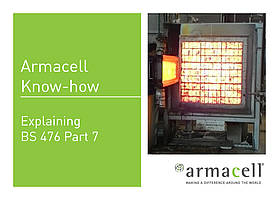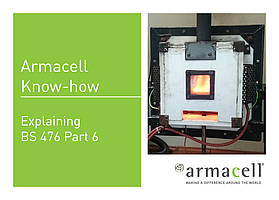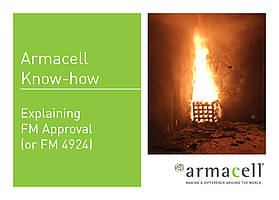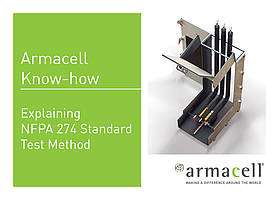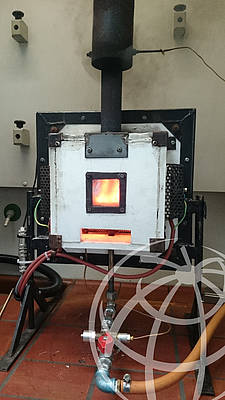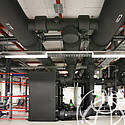British Standard BS 476 Part 6 Fire Test
BS 476 refers to the British standard for fire tests on building materials and structures. This test standard is split into two parts: Part 6 and Part 7.
Part 6 specifies a method of test for providing a comparative measure of a flat material or assembly's contribution to the growth of a fire. It takes into account the combined effect of factors such as
- ignition characteristics
- amount and rate of heat release, and
- thermal properties of the product in relation to its ability to accelerate the rate of fire growth.
How is Part 6 tested?
The setup: A combustion chamber containing a horizontal gas burner tube and two electrical heating elements is placed below a removable steel chimney and cowl (specimen holder).
The sheet sample is placed into the specimen holder and clamped onto the combustion chamber such that the face of the sample is in contact with the walls of the combustion chamber.
The procedure: The sample is subjected to flame and heat from the heating element for 20 minutes.
The result: Temperature measurements are taken frequently throughout the test and values are used to calculate the fire propagation index, I and sub-indices i1, i2 and i3. The higher the fire propagation index, the greater the influence of the product on accelerating the growth of a fire.
What does this mean for my project?
Materials that conform to BS476 could ensure the overall safety of building occupants in the event of a fire incident.
If Class 1 classification is required, look out for materials that have been tested according to BS 476 Part 7.
If Class 0 classification is required, the material must either:
- Be composed throughout of materials of limited combustibility, or
- Tested to be a Class 1 material (classified if the material passes the Part 7 test) AND passes the Part 6 test where it has a fire propagation index (I) of not more than 12 and sub-index (i1) of not more than 6.
